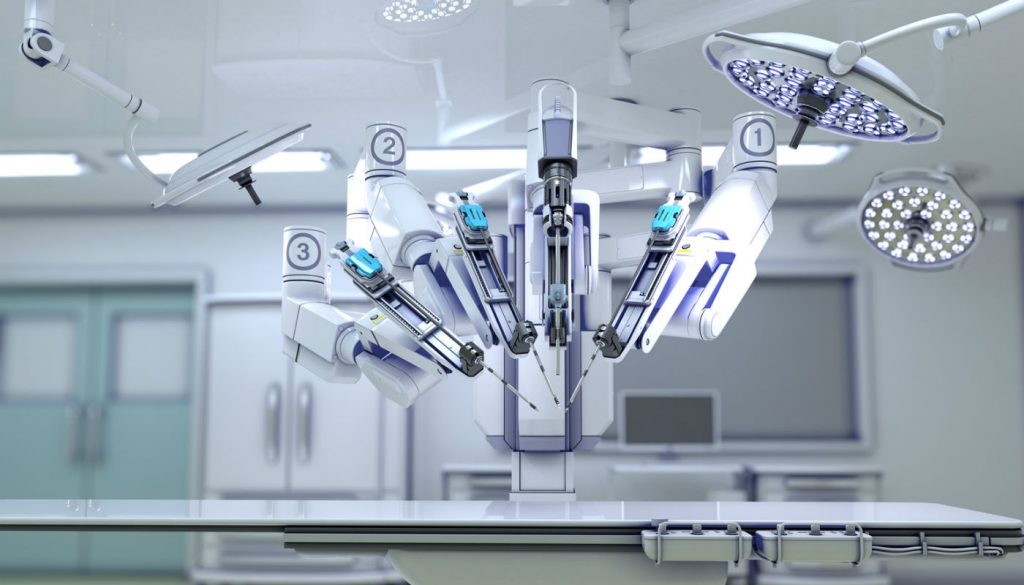A new algorithm could keep manufacturing, home care and medical robots from tripping over themselves and everything around them.
We might be one step closer to robot surgeons thanks to a new super-fast collision detection algorithm that’s paving the way for greater use of medical robots in operating theatres.
According to research team leader Professor Michael Yip from University of California San Diego, the Fastron algorithm runs eight times faster than other collision detection solutions.
Although the algorithm can be used in a number of environments, the team is particularly interested in how Fastron can improve the performance of the robotic Da Vinci Surgical System.
The Da Vinci system uses a set of robot arms to assist surgeons with performing tasks during minimally invasive procedures such as laparoscopy and prostate surgery. Two Da Vinci Systems are in use at Macquarie University Hospital in NSW.
“This algorithm could help a medical robots cooperate in surgery in a safe way,” Yip said.
Path of least resistance
Although accidents can happen, people usually get from A to B without much conscious effort. For a robot it takes an immense amount of computer power to perform this feat, especially at high speed in a rapidly changing environment.
Collision detection, or planning a path without obstacles, is one of the major challenges in robotics and can take seconds for an AI processor to complete (which doesn’t sound like much, but that’s ages in AI time).
Fast collision detection is crucial in surgical applications and other dynamic real-world environments such as non-repetitive collaborative manufacturing tasks, home care, and search and rescue operations.
One of the issues is that human brains solve many problems in parallel. For example, as we navigate a busy factory floor, we see and make adjustments for other people moving in our path, scan for and avoid trip and slip hazards, and perhaps spare a thought for the time to go before our lunch break.
Past research into parallel processing for robots in conjunction with roadmap motion planning has shown impressive results, reducing the time required for motion planning for a six-degree-of-freedom (6 DOF) robot arm to under a millisecond.
The Fastron algorithm takes a different approach. Rather than expending computing power on mapping the entire three-dimensional space and locating the position and shape of obstacles, it uses machine learning techniques to determine if the robot is on a collision course.
“We actually don’t need to know all the specific geometries and points. All we need to know is whether the robot’s current position is in collision or not,” explained researcher Nikhil Das.
To do this, Fastron creates a more simple model of the possible positions that the robot can occupy. This is known as the robot’s configuration space (C-space). The model starts out as small number points, classified as either ‘collision’ or ‘collision-free’.
The algorithm then employs a machine learning feedback loop to set and continuously review the classification and boundary between these points to determine roughly where obstacles lie. Unlike other algorithms, it does not check every point in C-space, but only near the existing boundaries.
Because of the simple model and intended applications where human safety is paramount, the team have also implemented risk-averse features that assume a collision in areas where the presence of obstacles is uncertain.
After presenting their research at the inaugural conference on robot learning at Google headquarters late last year, the team is working on making Fastron even faster and more accurate, with the aim of implementing it in speedier, more reliable medical robots for home care and surgery.
